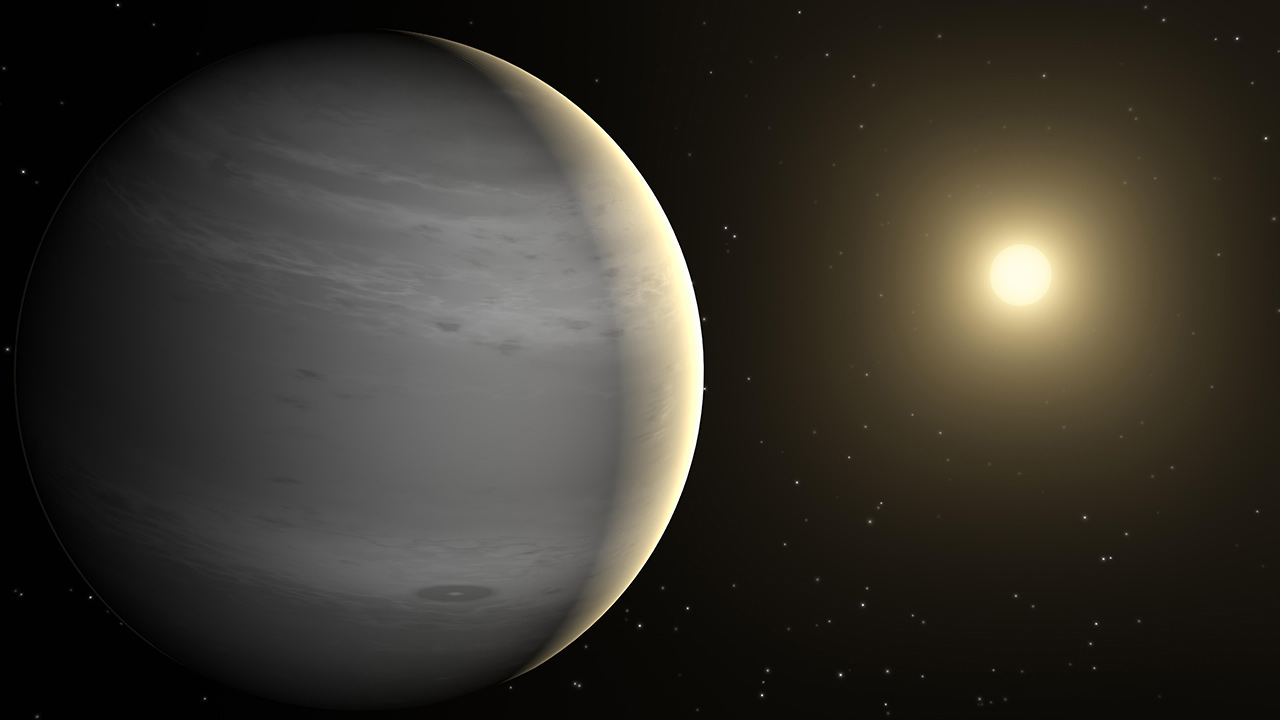

Since 1995 scientists have found more than 5,000 exoplanets—other worlds beyond our solar system. But while space researchers have gotten very good at discovering big planets, smaller ones have evaded detection.
However, a novel astronomy detection technique known as microlensing is starting to fill in the gaps. Experts who are a part of the Korea Microlensing Telescope Network (KMTNet) recently used this method to locate three new exoplanets about the same sizes as Jupiter and Saturn. They announced these findings in the journal Astronomy & Astrophysics on April 11.
How does microlensing work?
Most exoplanets have been found through the transit method. This is when scientists use observatories like the Kepler Space Telescope and the James Webb Space Telescope to look at dips in the amount of light coming from a star.
Meanwhile, gravitational microlensing (usually just called microlensing) involves searching for increases in brightness in deep space. These brilliant flashes are from a planet and its star bending the light of a more distant star, magnifying it according to Einstein’s rules for relativity. You may have heard of gravitational lensing for galaxies, which pretty much relies on the same physics, but on a much bigger scale.

The new discoveries were particularly unique because they were found in partial data, where astronomers only observed half the event.
“Microlensing events are sort of like supernovae in that we only get one chance to observe them,” says Samson Johnson, an astronomer at the NASA Jet Propulsion Lab who was not affiliated with the study.
Because astronomers only have one chance and don’t always know when events will happen, they sometimes miss parts of the show. “This is sort of like making a cake with only half of the recipe,” adds Johnson.
[Related: Sorry, Star Trek fans, the real planet Vulcan doesn’t exist]
The three new planets have long serial-number-like strings of letters and numbers for names: KMT-2021-BLG-2010Lb, KMT-2022-BLG-0371Lb, and KMT-2022-BLG-1013Lb. Each of these worlds revolves around a different star. They weigh as much as Jupiter, Saturn, and a little less than Saturn, respectively.
Even though the researchers only observed part of the microlensing events for each of these planets, they were able to rule out other scenarios that could confidently explain the signals. This work “does show that even with incomplete data, we can learn interesting things about these planets,” says Scott Gaudi, an Ohio State University astronomer who was not involved in the published paper.
The exoplanet search continues
Microlensing is “highly complementary” to other exoplanet-hunting techniques, says Jennifer Yee, a co-author of the new study and researcher at The Center for Astrophysics | Harvard & Smithsonian. It can scope out planets that current technologies can’t, including worlds as small as Jupiter’s moon Ganymede or even a few times the mass of Earth’s moon, according to Gaudi.
The strength of microlensing is that “it’s a demographics machine, so you can detect lots of planets,” says Gaudi. This ability to detect planets of all sizes is crucial for astronomers as they complete their sweeping exoplanet census to determine the most common type of planet and the uniqueness of our own solar system.

Astronomers are honing their microlensing skills with new exoplanet discoveries like those from KTMNet, ensuring that they know how to handle this kind of data before new space telescopes come online in the next few years. For example, microlensing will be a large part of the Roman Space Telescope’s planned mission when it launches mid-decade.
“We’ll increase the number of planets we know by several thousand with Roman, maybe even more,” says Gaudi. “We went from Kepler being the star of the show to TESS [NASA’s Transiting Exoplanet Survey Satellite] being the star of the show … For its time period, Roman [and microlensing] will be the star of the show.”
